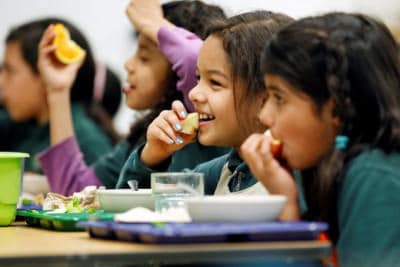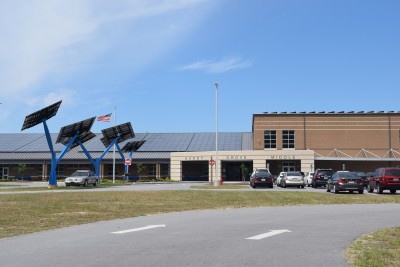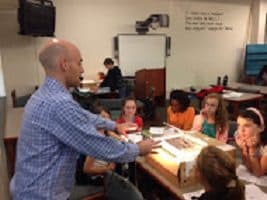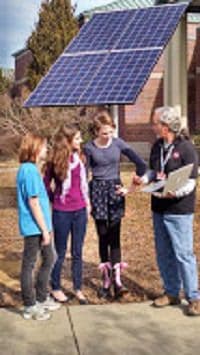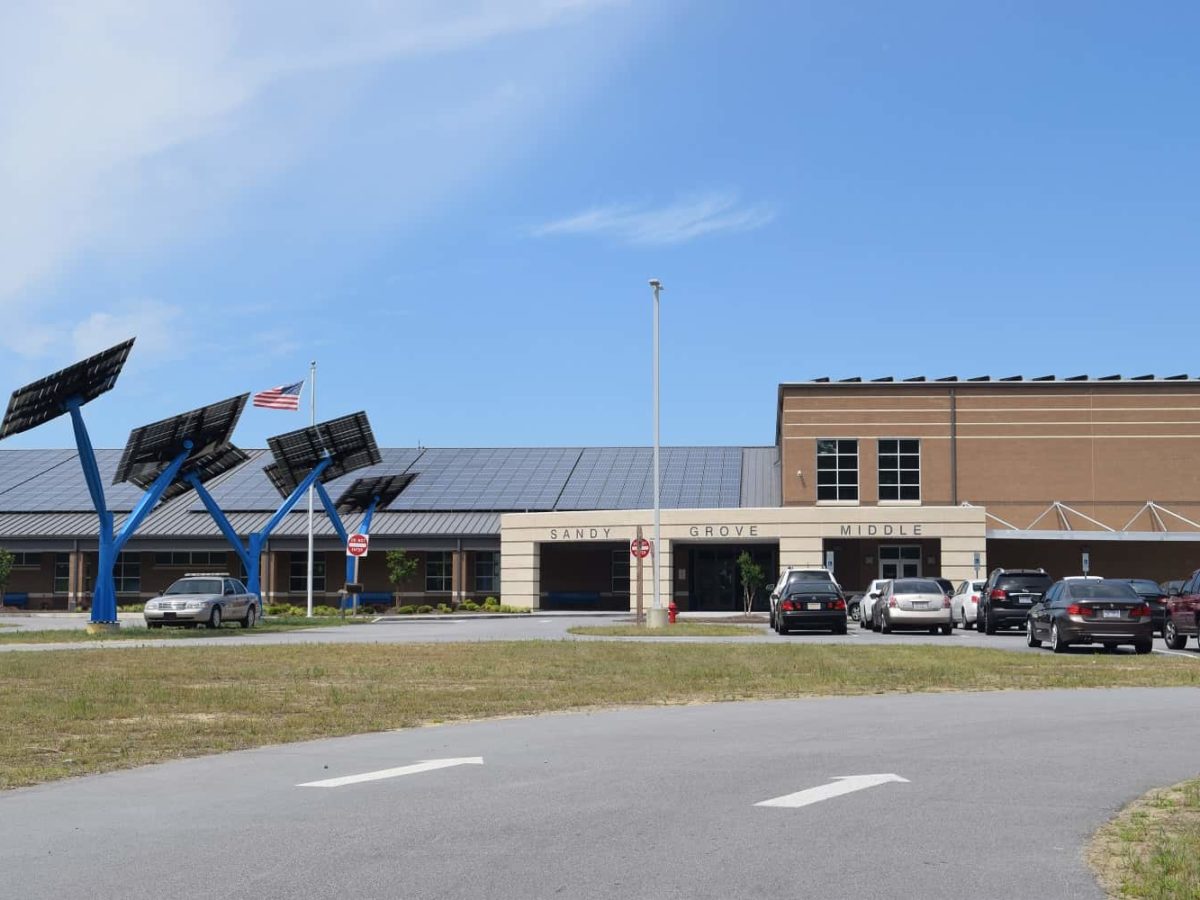
A few years ago, I challenged a group of students to “think about the future.” Only one responded, “I don’t have time for that. I’ve got stuff to do today.” I dismissed the comment as coy, but in retrospect, that moment changed my perspective.
We often refer to our students as “the leaders of tomorrow” or some variation on that theme, and I think that we miss the opportunity that is in front of us today.
According to the US Department of Energy’s EnergySmart Schools Report, schools spend $8 billion annually on energy, second only to salaries. That is more than technology, textbooks, and supplies. Here’s the kicker: energy costs are controllable, manageable, and shrinkable. Working in the facilities department of a school district, it is our job to responsibly invest taxpayer dollars into our buildings and operations.
The less that we spend on keeping the lights on, the more we can spend on direct education of students.
We need not wait for the future.
We can do this today…and our students can help.
Every day over 49.5 million students enter a public school building, 1.5 million in North Carolina. Educators work tirelessly to develop and implement curriculum that prepares our students for their world. Curriculum is designed to teach the basics of reading and the complexities of physics. Simultaneously, HVAC technicians scramble between buildings fixing systems, measuring static-pressures, and graphing fan speed over time. Electricians are swapping out inefficient fluorescent T12 bulbs for more efficient LEDs while students learn about the spectrum of light in classrooms. Custodians ship food waste into a dumpster to rot in a landfill, while 1st graders learn about worms, mold, and decomposition of organic matter.
The opportunity is sitting in front of us to use our greatest assets, both in numbers and in solutions, our students, to help solve our problems; and better yet, to avoid problems in the future.
We need to stop separating out the what from the how and who. We need our students in the boiler rooms learning about heat exchange while our tradespeople tune up the systems in preparation for the winter. We need students to be actively involved in the energy management and conservation efforts at their school. By creating reminders and checklists, they can collaborate with teachers and staff to save energy and, in turn, save money.
What happens when we engage students in real life problem solving? What happens to our energy bills when the users are educated on the impacts of their decisions and empowered to make decisions? What happens when we shift our culture from “minimize complaints” to “react quickly to solve problems (even if we have created those problems)?” We end up seeing drastic reduction in energy use and cost. This is good for our budgets and our air quality. This is good for our taxpayers and our asthma patients.
So where do we start? The short answer is to start where there is passion. Start wherever a school needs better lighting for students. Start where HVAC equipment needs updating. Start where custodians are dragging out dozens of bags of cafeteria waste each day. Start when you design a new building. Start when you are designing your next unit of study, and ask, what does my built environment provide as a learning tool? What problems can we solve and in doing so, learn what we have to learn? Just start. And start today.
For systemic change though, we need to begin tracking data publicly. We need a state report that tracks our energy and water expenditures. We need to see where we stand compared to others and then do better today than we did yesterday. We need to share ideas, share successes, and share failures.
This series will address school facilities as opportunities. It will feature stories from seasoned facilities veterans, teachers, outside experts, and potential partners. And you. We want to know what you think, your experience of school facilities, and your hopes and dreams about our school buildings in the future.
Individually, the series will provide snapshots of success.
Together, the series will weave a tapestry of what is possible … today.
Recommended reading
